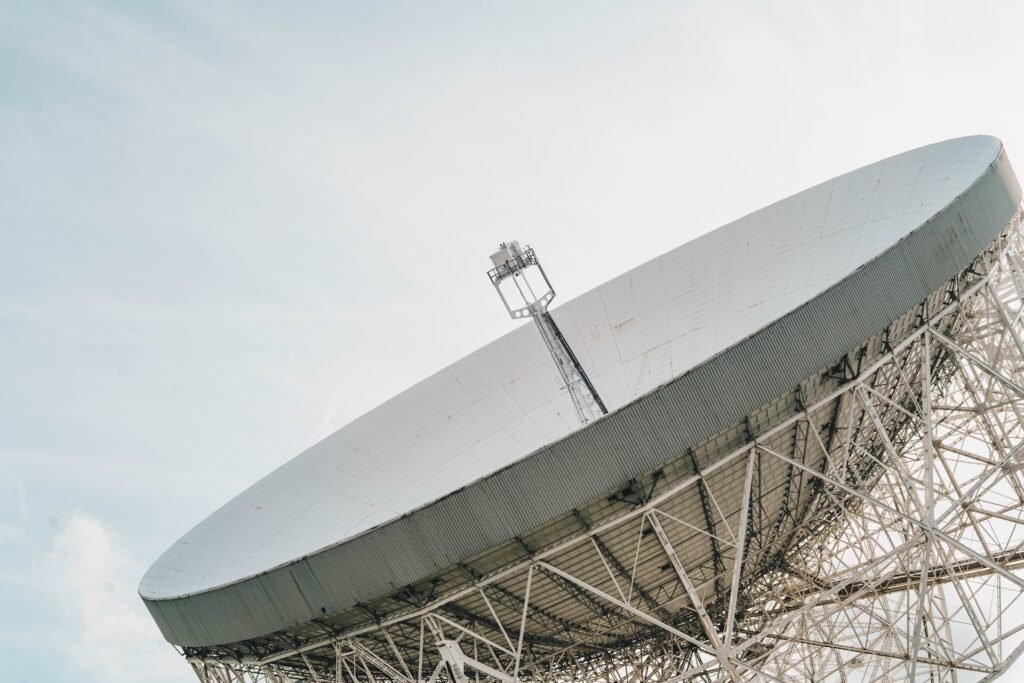Introduction: In today’s fast-paced world, effective communication is key, and radio communication devices have emerged as indispensable tools for achieving just that. These devices offer reliable and instant communication, making them invaluable across various sectors with RadioRed. This article dives deep into the world of radio communication devices, shedding light on their functionality, advantages, and applications.
Radio Communication Device: The Backbone of Modern Communication
Radio communication devices are advanced electronic gadgets designed to transmit and receive messages wirelessly through radio waves. These devices are widely used across sectors such as public safety, military operations, emergency response, transportation, and more. The technology behind these devices has evolved significantly, leading to enhanced capabilities and better user experiences.
How Do Radio Communication Devices Work?
Radio communication devices operate by converting voice or data into radio signals that are transmitted through the air. These signals are then picked up by receivers tuned to the same frequency. This process enables real-time communication without the need for physical connections, making these devices highly versatile and adaptable.
Advantages of Radio Communication Devices
Radio communication devices offer several advantages that contribute to their widespread use:
- Instant Communication: These devices enable immediate communication, crucial in emergency situations or time-sensitive operations.
- Wide Coverage: Radio signals can cover large geographical areas, ensuring connectivity even in remote locations.
- Reliability: Radio waves are less susceptible to interference, ensuring consistent communication even in challenging environments.
- Durability: Many radio communication devices are built to withstand harsh conditions, making them ideal for outdoor and rugged use.
- Cost-Efficiency: Once the infrastructure is in place, communication through radio waves is relatively inexpensive.
Applications of Radio Communication Devices
The versatility of radio communication devices has led to their adoption in various sectors:
- Public Safety: Police, fire departments, and emergency services rely on radio devices for quick coordination during crises.
- Military Operations: Radio communication is integral to military tactics, enabling secure and covert communication on the battlefield.
- Transportation: Air traffic control, maritime operations, and public transportation depend on radio devices for smooth operations.
- Event Management: Large-scale events use radio communication for seamless coordination among staff and security personnel.
- Construction and Industry: Workers in construction and industrial settings use these devices to maintain communication across sprawling sites.
FAQs about Radio Communication Devices
How far can radio communication devices transmit signals?
Radio communication devices can transmit signals over varying distances, depending on factors like frequency, terrain, and obstructions. In ideal conditions, devices with higher power can transmit signals over several miles.
Are radio communication devices secure from eavesdropping?
While traditional analog radio signals can be intercepted, modern digital radio communication devices often employ encryption techniques to secure transmissions, minimizing the risk of eavesdropping.
Can radio communication devices work without cellular networks?
Yes, radio communication devices operate independently of cellular networks. They create their own network using radio frequencies, ensuring communication even when cellular networks are unavailable.
What is the typical battery life of these devices?
Battery life varies based on usage and device type. Some devices offer battery lives of up to 12 hours, while others can last for multiple days on a single charge.
Can these devices communicate across different brands?
Interoperability can be a challenge when using devices from different brands. However, standardized protocols like Project 25 (P25) aim to improve cross-brand communication among public safety agencies.
How do radio communication devices handle interference?
Radio devices can encounter interference from other electronic devices or environmental factors. Advanced devices use techniques like frequency hopping to switch between frequencies and avoid interference.
Conclusion
Radio communication devices have revolutionized the way we connect and communicate, proving to be essential tools across various industries. Their ability to provide instant, reliable, and cost-effective communication makes them indispensable for both routine operations and critical situations. As technology continues to evolve, we can expect further enhancements in the capabilities of these devices, ensuring seamless connectivity in the modern world.
